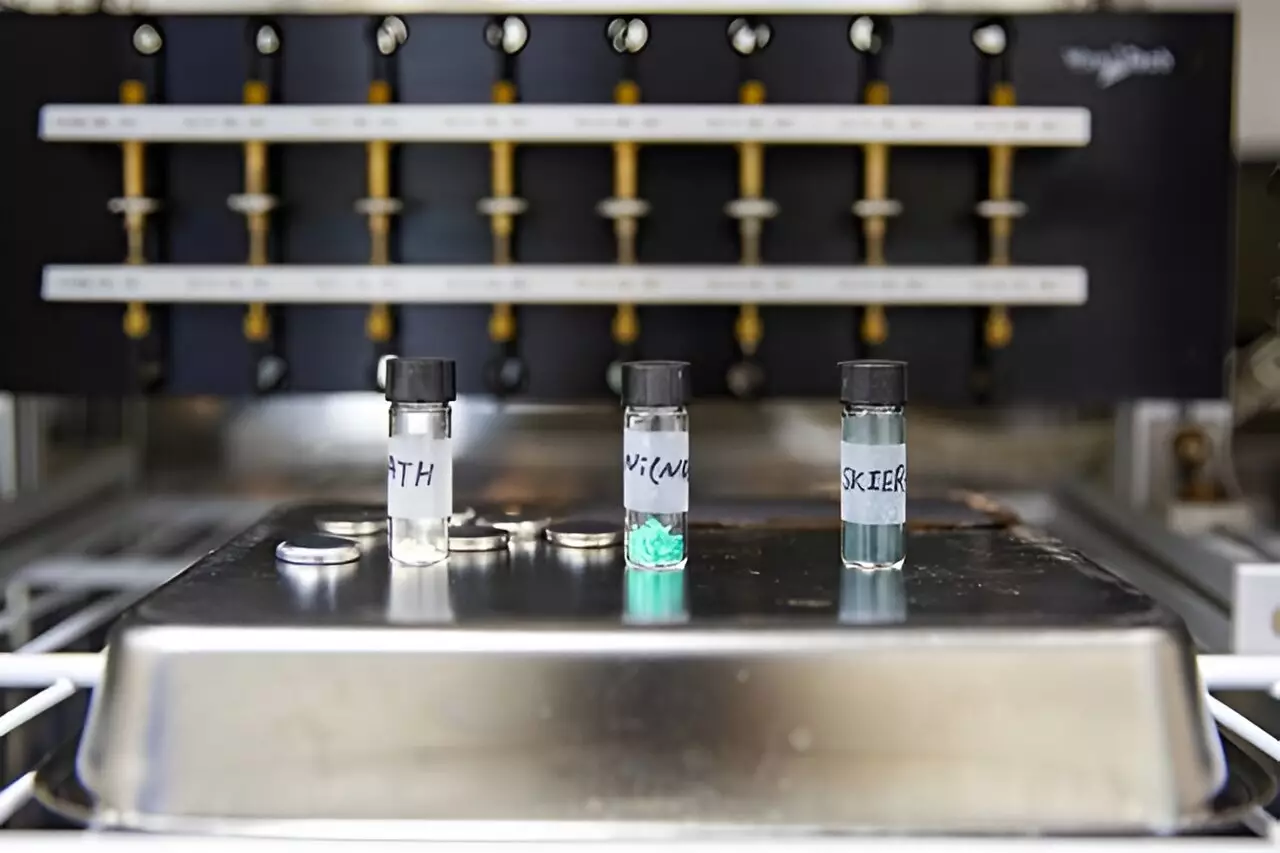The Korea Institute of Energy Research (KIER) has made significant progress in the development of redox-active metal-organic hybrid electrode materials, specifically SKIER-5, for use in Li batteries. This innovative material addresses the limitations of traditional graphite anodes in lithium-ion batteries, particularly in cold environments as low as minus 20 degrees Celsius. SKIER-5 has demonstrated promising results in terms of stability and performance, positioning it as a potential alternative for various applications, including electric vehicles, drones, and small electronic devices.
Graphite has long been the preferred material for anodes in lithium-ion batteries due to its stability and cost-effectiveness. However, graphite anodes exhibit significant shortcomings when exposed to subzero temperatures. The storage capacity of batteries with graphite anodes decreases significantly in cold conditions, and the formation of dendrites on the anode surface during charging can lead to safety issues such as thermal runaway and explosions.
Under the leadership of Dr. Jungjoon Yoo, Dr. Kanghoon Yim, and Dr. Hyunuk Kim, the research team at KIER has created a redox-active conductive metal-organic framework known as SKIER-5. This framework is comprised of a trianthrene-based organic ligand and nickel ions, offering superior performance compared to graphite anodes in subzero environments. The discharge capacity of SKIER-5 was found to be five times higher than that of graphite at minus 20 degrees Celsius, highlighting its potential as a groundbreaking electrode material for Li batteries.
SKIER-5 demonstrated a discharge capacity of 440 mAh/g at room temperature, surpassing the capacity of graphite electrodes. Even after 1,600 charge-discharge cycles, the capacity of SKIER-5 increased by approximately 1.5 times, a remarkable achievement considering the typical decrease in capacity over repeated cycles. The redox mechanism of SKIER-5 involves interactions with Li ions to facilitate electron transfer, leading to increased electron storage and improved discharge capacity.
Through high flux X-ray analysis at the Pohang Accelerator Laboratory and first-principles calculations based on quantum chemistry, the research team validated the operating principle of SKIER-5. The crystalline structure of SKIER-5 was confirmed, and lithium adsorption sites were predicted to determine theoretical capacity and reaction voltage. The experimental results closely matched the predicted values, supporting the exceptional performance of SKIER-5 as a Li battery anode.
The development of redox-active metal-organic hybrid electrode materials such as SKIER-5 represents a significant advancement in the field of Li batteries. With enhanced performance, stability, and efficiency, SKIER-5 has the potential to revolutionize the design and functionality of lithium-ion batteries, particularly in challenging environments. Moving forward, further research and development in this area hold promise for the continued evolution of energy storage technologies.

